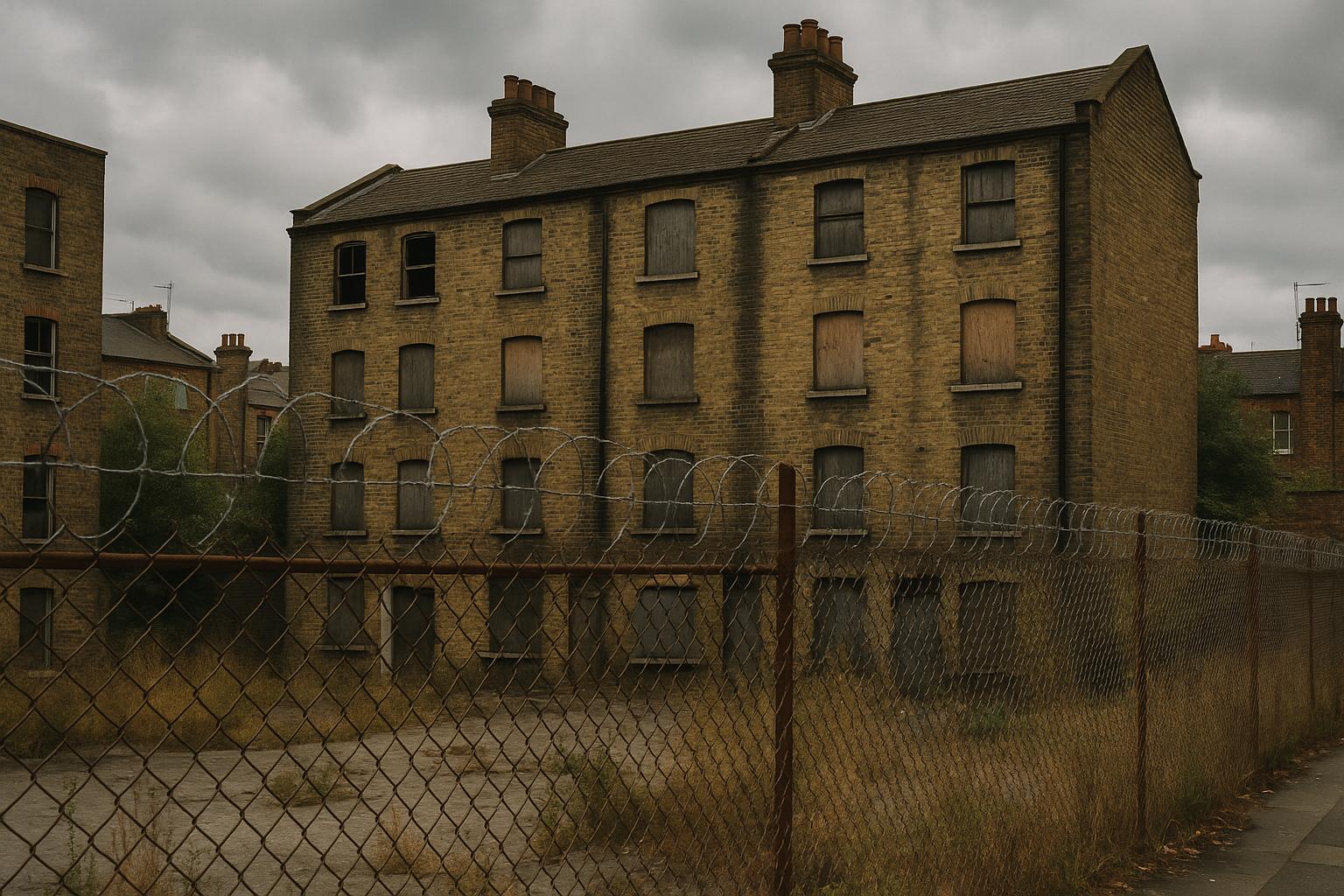The Conservative Party has pledged to rewrite London’s planning strategy if their candidate is elected mayor, aiming to unlock tens of thousands of new homes across the capital. According to the Conservatives, this overhaul of the London Plan—a development blueprint crafted by the mayor that guides housing, workplaces, transport, and open space policies—would clear the way for significant new housing development on brownfield land, potentially opening 16,800 acres for building.
The Conservatives argue that the current Labour mayor, Sadiq Khan, has failed to meet housebuilding targets, contributing to soaring property prices and reduced affordability for Londoners. In a speech at the Conservative Party Conference, shadow housing secretary Sir James Cleverly emphasised the need for a Tory mayor to "get a grip" on the housing crisis by prioritising brownfield sites near transport links, job opportunities, and economic hubs, citing successful precedents like Canary Wharf and the Olympic Park. He called for cutting through what he described as excessive regulation and for adopting a more permissive approach to housing that balances delivery with aesthetics, rejecting the notion that new homes must be low-rise sprawl or unpopular tower blocks.
However, the broader context of London’s housing policy reveals significant challenges beyond party lines. The London Assembly, in early 2025, urged the mayor not to compromise the Green Belt to meet housing targets, noting that an ambitious annual target approaching 88,000 new homes might require looking beyond brownfield sites alone. The assembly recommended shifting from blunt unit-based targets to more nuanced housing-type targets that better address social and affordable housing needs while calling for incentives to speed up the construction of approved projects.
Complicating matters, Mayor Sadiq Khan announced plans in May 2025 to build on some parts of the Green Belt, a move signaling a break from traditional protections around these areas. Khan framed this policy shift as a necessary response to London’s unprecedented housing demand, potentially requiring up to a million new homes over the next decade. His approach involves the selective release of lower-quality or less accessible Green Belt land near transport infrastructure to facilitate new affordable housing projects. While this plan has garnered support from some housing experts and politicians as a pragmatic step, it has also drawn criticism from environmental campaigners and London Conservatives, with the latter branding it a "complete betrayal" of prior commitments to preserve the Green Belt.
This evolving debate echoes the national government's 2024 announcement of a wide-ranging reform of the planning system aimed at building 1.5 million new homes in five years. The reforms emphasise prioritising brownfield development but also require local authorities to review Green Belt boundaries when necessary, backed by financial support and ministerial oversight to enforce compliance.
Khan's strategy builds on an earlier significant overhaul he introduced in 2017, which removed outdated density limits and set a 50% affordable housing target for new developments, simultaneously promoting growth for smaller builders and protecting green spaces. Despite these measures, the ongoing pressure to reconcile housing targets, affordability, and environmental preservation ensures London's planning strategy remains a contentious and politically charged issue ahead of the forthcoming mayoral election.
📌 Reference Map:
- Paragraph 1 – [1], [4]
- Paragraph 2 – [1]
- Paragraph 3 – [2]
- Paragraph 4 – [3], [6]
- Paragraph 5 – [5]
- Paragraph 6 – [4], [1]
Source: Noah Wire Services
